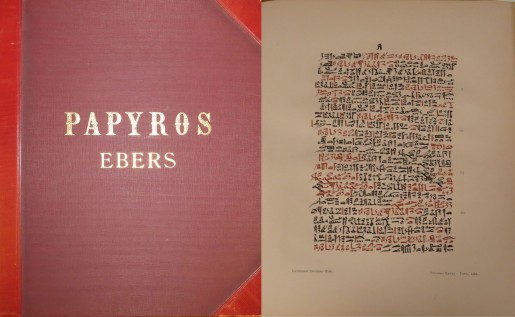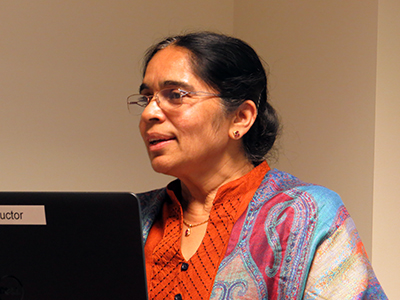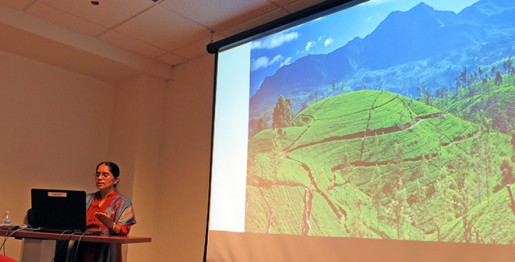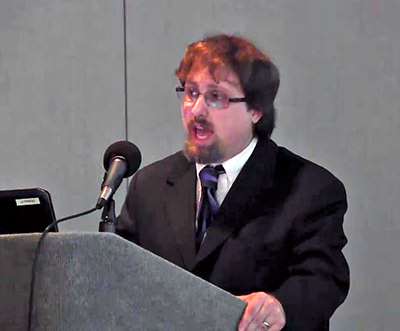The HSLS Staff News section includes recent HSLS presentations, publications, staff changes, staff promotions, degrees earned, etc.
News
Andrea Ketchum, reference librarian, was awarded the 2015 Award for Professional Excellence by a Health Sciences Librarian from the Mid-Atlantic Chapter of MLA.
Melissa Ratajeski, reference librarian, was awarded the 2015 Marguerite Abel Service Recognition Award from the Mid-Atlantic Chapter of MLA. This award recognizes exemplary service to the Chapter during the past year.
Publications
Author name in bold is HSLS-affiliated
Barb Folb, public health informationist, along with Karen Hacker, Maria Anies, and Leah Zallman, published “Barriers to Health Care for Undocumented Immigrants: A Literature Review” in Risk Management and Healthcare Policy, October 30, 2015, 8: 175-83.
Presentations
Presenters’ names in bold are HSLS-affiliated
Lydia Collins, consumer health coordinator, NN/LM Middle Atlantic Region, presented three workshops: (1) “Introduction to the Affordable Care Act: Hosting an Information Event at Your Library,” at Library Assistants Day for the NY3Rs Association in Syracuse, NY, on October 1, 2015; (2) “I Read, I Heard, I Want to Know: Health Issues in the Headlines” at the Pennsylvania Library Association Annual Conference in State College, PA, on October 5, 2015; and (3) along with Cindy Olney, acting assistant director, NN/LM Outreach Evaluation Resource Center (OERC), “Evaluating Health Information Programming in Public Libraries: Engaging for Health and Communicating with Your Doctor” in State College, PA, on October 8, 2015. Collins, along with Anita Kinney, program analyst, United States Access Board, and Christian Minter, Nebraska/education coordinator, National Network of Libraries of Medicine, MidContinental Region, also presented the webinar “Public Health and Public Libraries: Librarians as Health Literacy First Responders” for OCLC WebJunction, Health Happens in Libraries, on October 21, 2015.
Kate Flewelling, outreach coordinator, NN/LM Middle Atlantic Region, presented a poster entitled “Evidence-Based Medicine on a Budget: Tips for Saving Time and Money on Literature Searching” at the Community Health Center Association of New York State 2015 Statewide Conference and Clinical Forum, in Bolton Landing, NY, on October 18, 2015, and presented a workshop on “Communities in Crisis – How Can the Library Help?” at the New York Library Association Annual Conference, Lake Placid, NY, on October 22, 2015.
Gosia Fort, head of digital resource development, presented “Invisible Ties: the Outliers of the Medical Medals Collection at Falk Library” at the Pennsylvania Association of Numismatists Fall Coin Show & Convention in Monroeville, PA, on October 23, 2015.


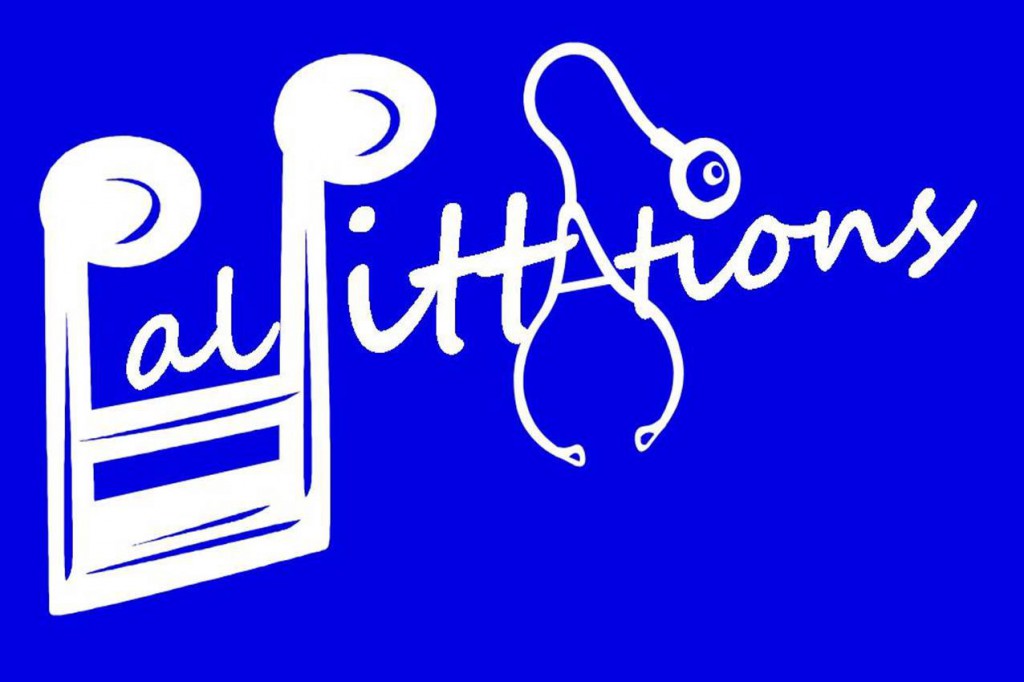 Get into the holiday spirit by joining us for a holiday concert performed by the PalPITTations, an a capella vocal group of health sciences students from the University of Pittsburgh. The PalPITTations will perform on Friday, December 11, at noon, on the upper floor of Falk Library. Light refreshments will be served. All are welcome for this free concert.
Get into the holiday spirit by joining us for a holiday concert performed by the PalPITTations, an a capella vocal group of health sciences students from the University of Pittsburgh. The PalPITTations will perform on Friday, December 11, at noon, on the upper floor of Falk Library. Light refreshments will be served. All are welcome for this free concert.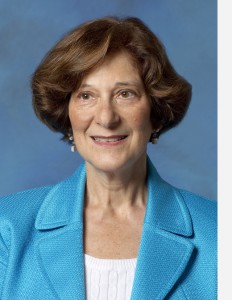
 Natural Medicines is a broad-based, easily-navigated resource for information on dietary supplements, natural medicines, and complementary therapies. It merges Natural Standard and Natural Medicines Comprehensive Database into one resource, retaining features and functionality from both. The scope includes dietary supplements, natural medicines, and complementary, alternative, and integrative therapies. Effectiveness, safety, interactions, adverse effects, nutrient depletion, and pregnancy/lactation checkers are among the product’s components. Patient and consumer education handouts are offered in English, Spanish, and French.
Natural Medicines is a broad-based, easily-navigated resource for information on dietary supplements, natural medicines, and complementary therapies. It merges Natural Standard and Natural Medicines Comprehensive Database into one resource, retaining features and functionality from both. The scope includes dietary supplements, natural medicines, and complementary, alternative, and integrative therapies. Effectiveness, safety, interactions, adverse effects, nutrient depletion, and pregnancy/lactation checkers are among the product’s components. Patient and consumer education handouts are offered in English, Spanish, and French.